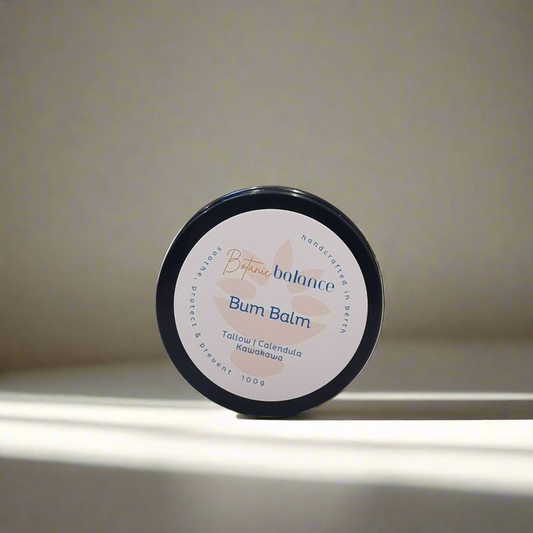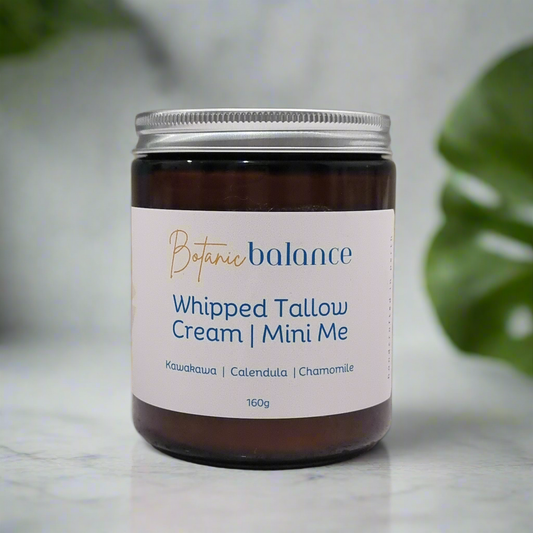Grass-Fed vs. Grain-Fed: Which Tallow is Better for Your Skin?
Rachel van der VeldenWhen it comes to choosing the right ingredients for your skincare routine, not all tallow is created equal. One of the key factors that determine the quality and efficacy of tallow is the diet of the cattle from which it is sourced. In this blog, we’ll explore the differences between grass-fed and grain-fed tallow and why grass-fed tallow is the superior choice for your skin.
What’s the Difference Between Grass-Fed and Grain-Fed Tallow?
Tallow is rendered fat, primarily from cattle, and has been used for centuries in cooking, candle-making, and skincare. However, the diet of the cattle plays a crucial role in the nutritional content of the tallow.
-
Grass-Fed Tallow: This type of tallow comes from cattle that are raised on a diet of natural grasses. These animals graze freely on pastures, which leads to a higher content of beneficial nutrients in their fat, including vitamins, carotenoids, and healthy fatty acids.
-
Grain-Fed Tallow: In contrast, grain-fed tallow comes from cattle that are fed a diet of grains, often in confined feeding operations. This diet can result in lower levels of carotenoids and other nutrients, making the tallow less beneficial for skincare.
Nutritional Comparison: Grass-Fed vs. Grain-Fed Tallow
A key Review titled "A Review of Fatty Acid Profiles and Antioxidant Content in Grass-Fed and Grain-Fed Beef" provides valuable insights into the differences between these two types of tallow. The study found that grass-fed beef, and by extension grass-fed tallow, contains higher levels of omega-3 fatty acids, conjugated linoleic acid (CLA), and antioxidants like vitamin E and carotenoids.
-
Higher Carotenoid Content: Grass-fed tallow has a higher concentration of carotenoids, which are converted into vitamin A in the body. This gives grass-fed tallow its characteristic yellow hue and makes it more effective in promoting skin health.
-
Better Fatty Acid Profile: Grass-fed tallow contains more omega-3 fatty acids, which are known for their anti-inflammatory properties. These fatty acids help reduce redness, irritation, and other skin issues.
-
Increased Antioxidant Levels: Grass-fed tallow is richer in antioxidants like vitamin E, which help protect the skin from free radical damage and premature aging.
Why Grass-Fed Tallow is Superior for Skincare
The superior nutritional profile of grass-fed tallow makes it a far better choice for skincare than grain-fed tallow. The higher levels of carotenoids and omega-3 fatty acids provide enhanced benefits for the skin, including better hydration, reduced inflammation, and a more youthful appearance.
In addition, the natural, pasture-raised diet of grass-fed cattle means that the tallow is free from the additives and hormones that are often found in grain-fed cattle. This results in a purer, more natural product that is safer for your skin, especially when used in products for babies and those with sensitive skin.
The Takeaway
When choosing tallow for your skincare routine, the source matters. Grass-fed tallow offers a richer nutrient profile, providing your skin with the vitamins, fatty acids, and antioxidants it needs to stay healthy and radiant. At our company, we are committed to using only the highest quality grass-fed tallow in our products, ensuring that you get the best possible care for your skin.






